The Speyside Malt Whisky Trail – The GreatDrams Guide
Scotland’s a part of our wonderful island that holds a very special place in my heart, and indeed, the hearts of the rest of the GreatDrams family for that matter.
Because we’re so fortunate to do what we do, we regularly find ourselves venturing up north to visit our northern neighbours. Each time we visit, we’re more awestruck than ever. Not only are the locals beyond friendly, but the food is outstanding, the scenery is sublime, and the whisky is out of this world.
Scotland is obviously one of the most popular tourist destinations in the world for people who love a fine whisky, and if you’re ever fortunate enough to visit, there’s heaps of whisky-related treats to keep you occupied. Without question, one of the most popular things to do if you’re a fan of whisky, is the Speyside Malt Whisky Trail
Recently I’ve found myself writing about Speyside and the trail quite a bit, so rather than continue to mention it in passing, I thought I’d go into a bit more detail instead. Here is the GreatDrams guide to visiting the Speyside Malt Whisky Trail for the very first time.
Where is Speyside?
Sometimes referred to as a sub-region of the Highlands, Speyside sits between Aberdeen and Inverness. Home to dramatic moorlands, lush green fertile glens, woodland, and of course, the River Spey, it’s a whisky region that sees tourists from all over the globe, visiting all year round.
Speyside is one of Scotland’s five official whisky-producing regions (many consider The Islands as another region, though they’re not officially recognised by the Scotch Whisky Association as an official whisky region). It is often referred to as ‘malt whisky country’ due to its high concentration of whisky distilleries. In fact, more than half of Scotland’s whisky distilleries are located in Speyside.
Even though I say this regardless of which whisky region I visit, I can’t help but get nostalgic whenever I’m in the region, be it through work, or pleasure. I love the landscapes, I love the food here, the locals are so friendly, and the air just smells fresher, cleaner, and crisper than ever. Oh, and the whisky isn’t half bad either.
Speyside malts are unmistakable, as they’re a stark contrast to the smoky, peaty, intense drams you’d find from Islay. They’re generally smooth, creamy, sweet, and fruity. This typically comes from the aging process, with sherry casks often being preferred here. Most distilleries will also draw their water from the River Spey. The Spey, which is the second-longest river in Scotland, second only to the Tay, offers immaculately clean and mineral rich water which helps give the whisky its unique characteristics.
With their smooth finishes and fruity notes, Speyside whiskies are incredibly moreish, as I know all too well (thank goodness for hangover remedies) and are very highly sought after. Not only will you find a host of smaller, boutique, independent distilleries in this region, you’ll also find some juggernauts of whisky world in the region, including distilleries such as Glenlivet, Glenfiddich, and The Macallan.
What is the Speyside Malt Whisky Trail?
The only trail of its kind on the planet, the Speyside Whisky Trail is the ultimate trail for those who appreciate a wee dram or two, particularly one from Speyside.
The trail spans for a whopping 99km, with much of the route following the River Spey. Set in the heart of rural Speyside, the trail consists of seven working distilleries, the alluring Speyside cooperage (I’ll be talking about that in greater detail at a later date) and one historic distillery which is unfortunately no longer operational.
Though you could hike the trail in theory, it’s much better to either drive, have a designated driver, or take a whisky taxi which are designed to take people to each destination on the trail, so that they can enjoy the plethora of free drams from each location. Typically, you’ll need 3 days to complete the trail, so of course, accommodation will be required.
As you embark upon this epic journey, you’ll venture through the heart of whisky country and will learn more about Scotland’s national beverage and the incredibly talented men and women responsible for producing it, all while sampling more than enough amazing whisky along the way. You’ll encounter woodland trails, forests, coastal cafes, riverside paths, country roads, quaint villages, and much more besides. Also, be sure to have your camera ready because the amount of wildlife you’ll encounter is ridiculous! See, you can understand why the trail has me so excited can’t you?
The Speyside Malt Whisky Trail
I won’t tell you how to do the trail, where to visit and in what order because that’s down to you. Even though most experience it by car or bike, if you’re able to, you could hike it. You could also do it in whatever order you like. That’s the great thing about the whisky community, we just go with the flow and take things at our own pace.
While I won’t be drawing up an itinerary for you, I am going to provide an overview of each destination on the trail so you can plan your trip the way you want.
Located in Forres, the Benromach Distillery has been operational for more than one century, having first been established back in 1898.
I say it’s been operational for more than a century, but if you want to get pedantic the distillery has been opened and closed many times over the years, and has seen many new owners. Despite this however, the whisky produced here has remained as reliable and as delicious as ever.
In 1998, Benromach was purchased by the owners of Gordon & McPhail, the Urquhart family who had a passion for whisky and had long-dreamed of owning their own distillery.
Those who love and appreciate whisky the old-fashioned way will love it here, as they produce whisky slowly, handcrafting it in the time-honoured way from natural ingredients, using authentic equipment. Each cask is hand-filled, weighed individually, and is even stencilled by hand before being kept in dunnage warehouses.
Another distillery that’s simply a must for anybody with a keen interest in history is the Cardhu Distillery in Rothes.
The first distillery to officially be pioneered by a woman, it’s home to Johnnie Walker whisky. Located in the heart of Speyside, visitors to the distillery can enjoy a wide selection of different tours and experiences, including the ‘Cardhu Flavour Journey’ which will allow for plenty of samples and tastings.
Those who like to get a little more hands-on with their experiences will love it here, as there are full sensory tours, tutored whisky challenges and tastings, and heaps more on top.
Dallas Dhu
Dallas Dhu is the distillery I mentioned before, which is no longer operational. It may not be working, but it is steeped in traditional Scottish and whisky-making history and heritage, and many consider it the highlight of the trail itself.
Here you can take a trip back in time to discover how whisky was made more than a century ago. You’ll see the machines, equipment, and workspaces used to produce Speyside whisky and help put the region on the map today.
With guided tours available, you’ll learn about the origins of the distillery, how a unique malt became a key ingredient in the whisky, origins of its name, the malt barn, bonded warehouses, and so much more.
While it may now be a museum as opposed to a working distillery, it’s every bit as fascinating and personally is one of the highlights of the trail for me.
This is perhaps the most famous distillery on the trail itself. Considering it’s home to most highly awarded single malt in the world, that’s really not all that surprising.
Situated in the heart of Dufftown, it was founded all the way back in 1886 by William Grant. What I love about this distillery is the fact that it is still in the Grant family, and is currently being run by the fifth generation of the family. I love that because there are few family-owned distilleries in Scotland nowadays.
Grant put a lot of money, time, and effort into the distillery and 18 months later, he was rewarded as the first drops of whisky were first produced on Christmas Day 1887.
You’ve probably noticed that stags and deer are quite common in the world of whisky, which is hardly surprising considering they’re so common around much of Speyside. Grant named his distillery ‘Glenfiddich’ which in Scots Gaelic meant ‘Valley of the Deer’.
The Glen Grant
Heading into Rothes we have the Glen Grant distillery.
Founded back in 1840 by James and John Grant, who were brothers, the distillery today produces some of the world’s most popular whisky. It’s also one of my personal favs. The distillery has got to be one of the most aesthetically pleasing on the trail. The Victorian garden alone, which recently underwent an extensive restoration process, is worth the visit, especially on a nice day.
Master distiller Dennis Malcolm oversees the whisky side of things here, producing some truly exceptional drams. Considering he has more than half a century’s experience in working at the distillery, you know the whisky is in the safest possible hands.
With guided tours, a fully stocked visitor centre, and a refurbished tasting room, there’s plenty to keep you occupied here. You’ll also get to enjoy the odd dram here and there, or take away a driver’s dram to enjoy at your accommodation if you do happen to be the designated driver.
For me, this particular distillery is quintessentially Scottish. When I picture a distillery in the rugged, weathered Highland landscape of Speyside, this is the type of distillery I think of.
The Glenlivet Distillery is situated in a secluded, wild glen in the countryside. It’s a distillery with a history as deep and rich as the whisky it produces here. No trip to Speyside would be complete without a visit to this distillery, even if you don’t happen to be following the trail.
While here you’ll get to learn the history of the distillery and discover how founder George Smith set out to revolutionise the world of single malt whisky. Not only will you learn the history of the distillery and how Smith help to establish it as the first licenced distillery in Glenlivet, but you’ll also learn the brutal ways in which it was defended from smugglers.
Whether you’re sampling a dram taken directly from the famous Warehouse No. 3, or enjoying a whisky or cocktail in their new Drawing Room bar and lounge, there’s heaps to do here. Just be aware that, as it is quite remote and open, it can get very blustery and chilly, especially in the colder months of the year.
This is another favourite of mine (yes, I know, I’ve a lot of favourites) due to the fact that it’s a much smaller, more relaxed and informal distillery. It’s a great place to visit and have a leisurely stroll around at your own pace.
Situated in Elgin on the banks of the River Lossie, the distillery has been producing whisky here since it was founded in 1897.
Why not embark on a friendly and informal guided tour of the distillery to see how the team produce their exceptional whisky, before stopping off in the coffee shop for a bite to eat?
Heading back to the heart of Dufftown, we have the Speyside Cooperage.
This cooperage is very special to me, and indeed, many others in the whisky biz because it’s the epicentre of the industry itself.
The only working cooperage in the UK, a visit here will open your eyes to the ins and outs of the art of crafting whisky casks/barrels. The coopers here are skilled beyond belief, undergoing years of extensive training. They don’t receive a salary, but rather are paid per barrel instead.
A trip to the Speyside Cooperage will show you how immensely talented the workers here actually are. You’ll get to see them in action and see how they use traditional tools and methods to build and repair the casks that play such vital roles in whisky production.
Make sure you have your wallet on hand because there is also a gift shop on site which hosts a plethora of whisky-related gifts and treats.
Strathisla Distillery
And finally, we have Strathisla Distillery.
This is the oldest operational distillery in the Highlands, and can be dated back to 1786. That’s right, it’s comfortably over two centuries old!
Located on the banks of the River Isla, this is one of the most beautifully located distilleries on the trail, and that’s saying something. Purchased by Chivas Brothers in 1950, you’ll discover how their smooth, nutty, and fruity Chivas Regal blended Scotch whisky is produced here, while enjoying a dram or two along the way.
I particularly enjoy this distillery as I find the art of blending fascinating, and the tours cover this process quite extensively here. You can even have a bash at making your very own blend in their on-site blending room, while overseen by industry professionals of course.
And with that, our look at the Speyside Malt Whisky Trail comes to an end.
We hope you’ve found the info above fascinating and informative, and hopefully you’re inspired to pack your bags and embark on your own whisky adventure along the Speyside Malt Whisky Trail.
In the meantime, if you are on the lookout for more whisky info, or are simply looking to grab a bottle or two, be sure to check out our Greatdrams.com site and take a look at the current whisky delights we’ve in stock.




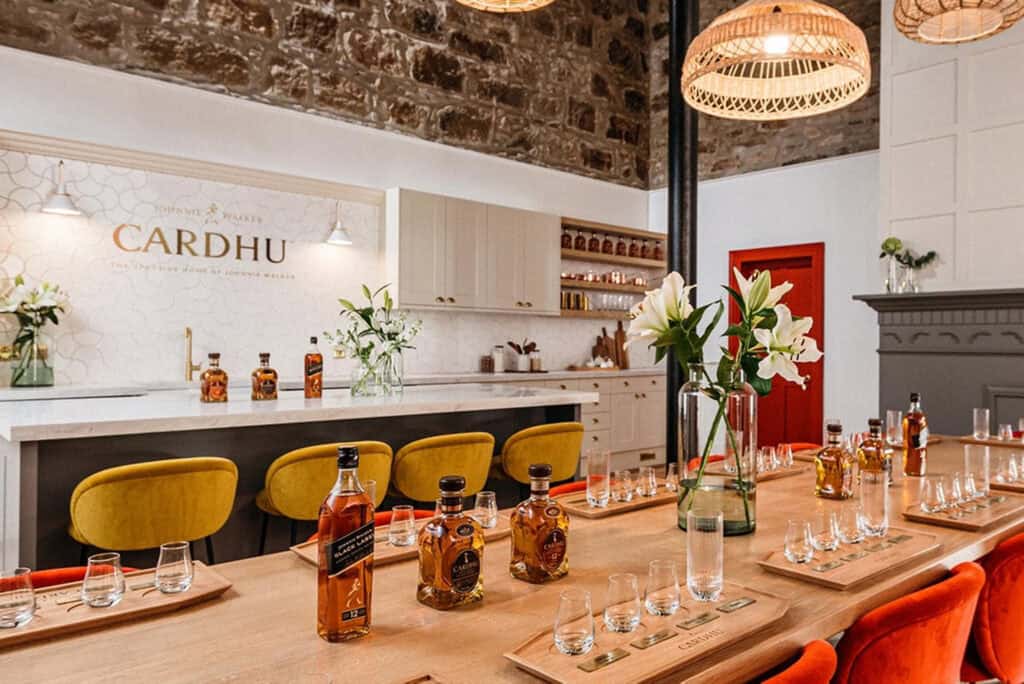
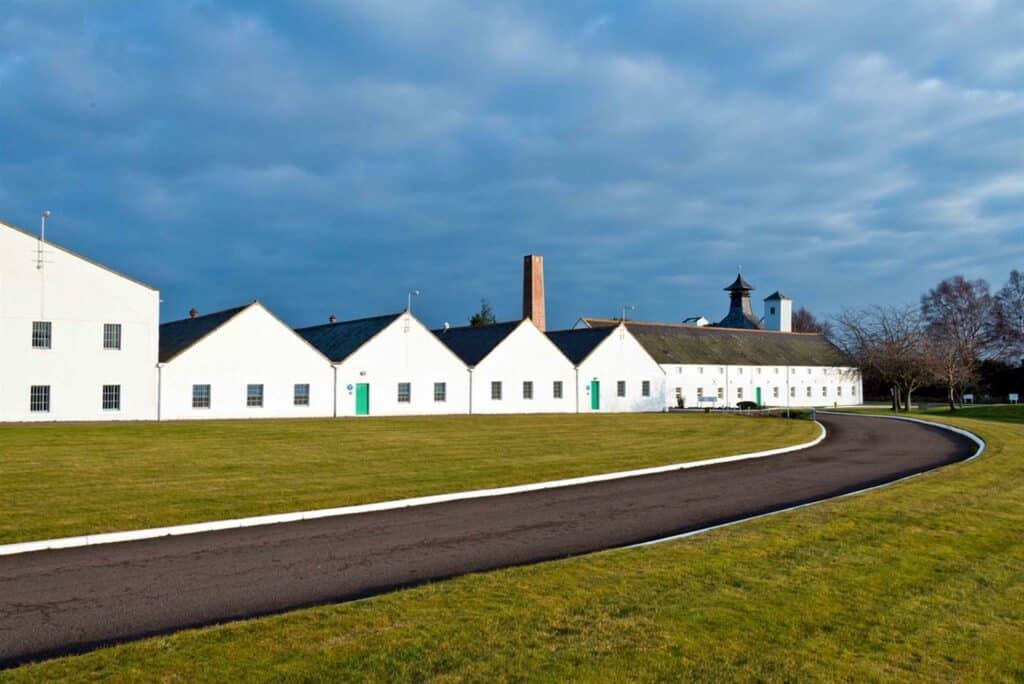
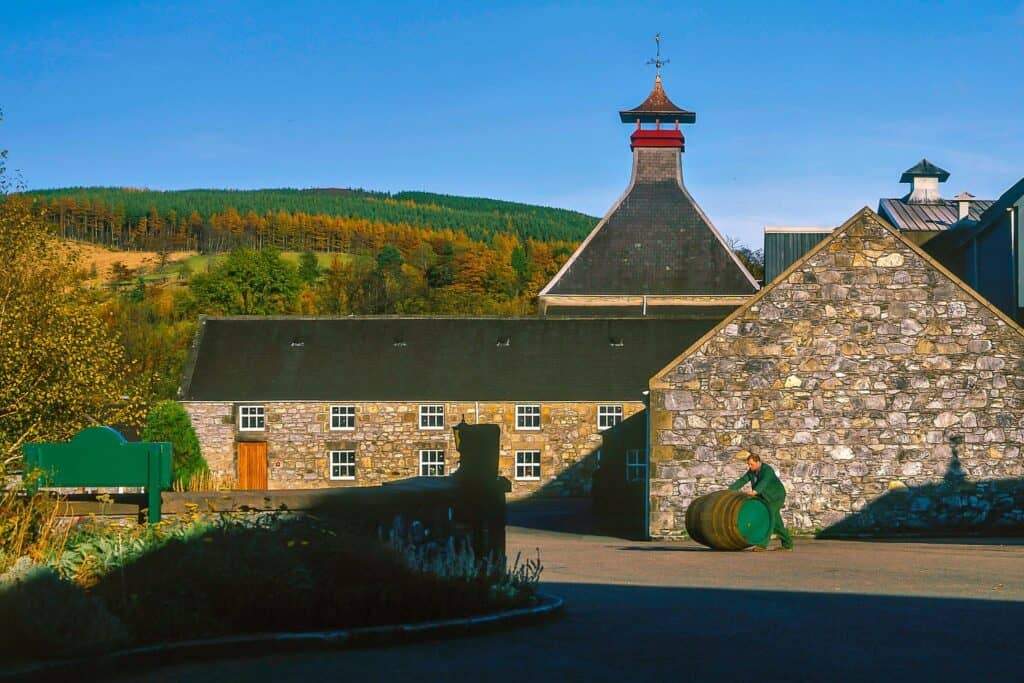
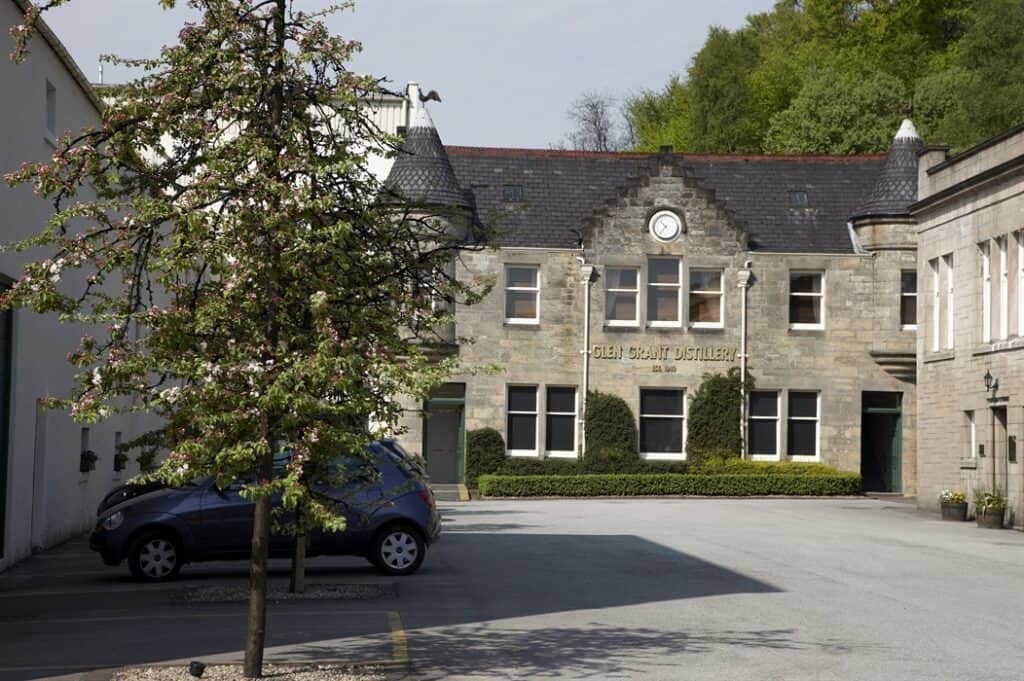
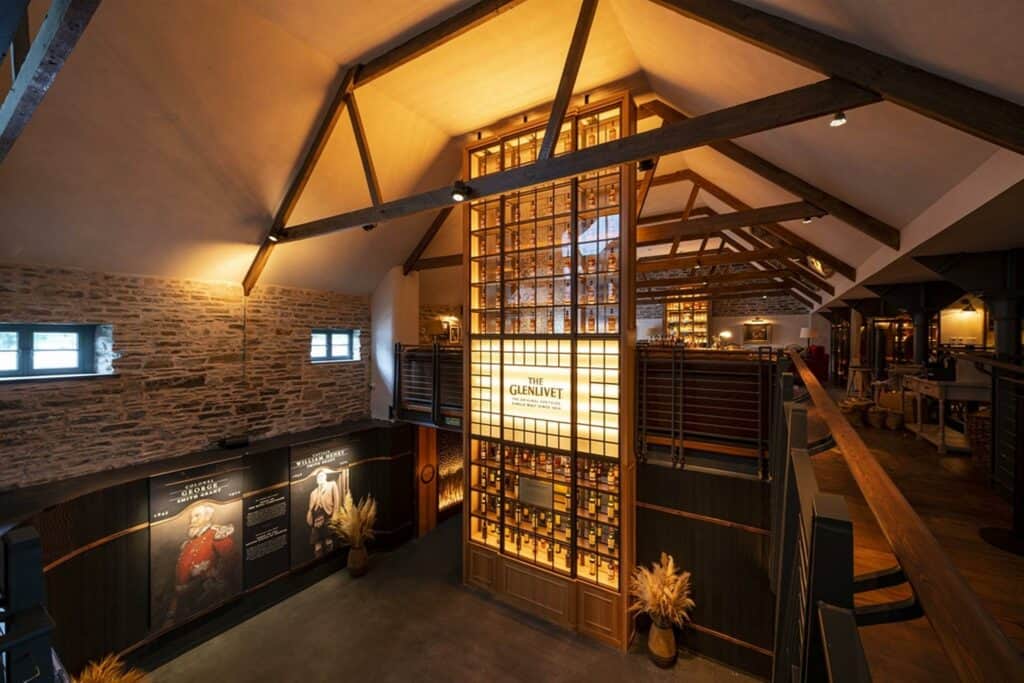
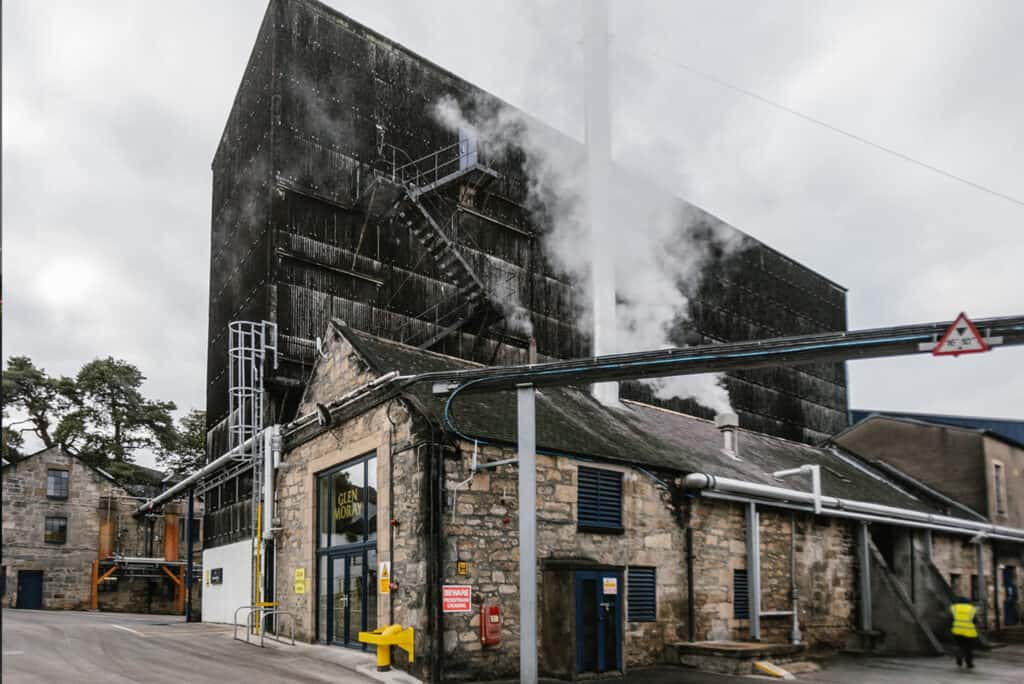



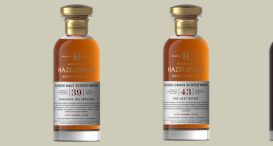




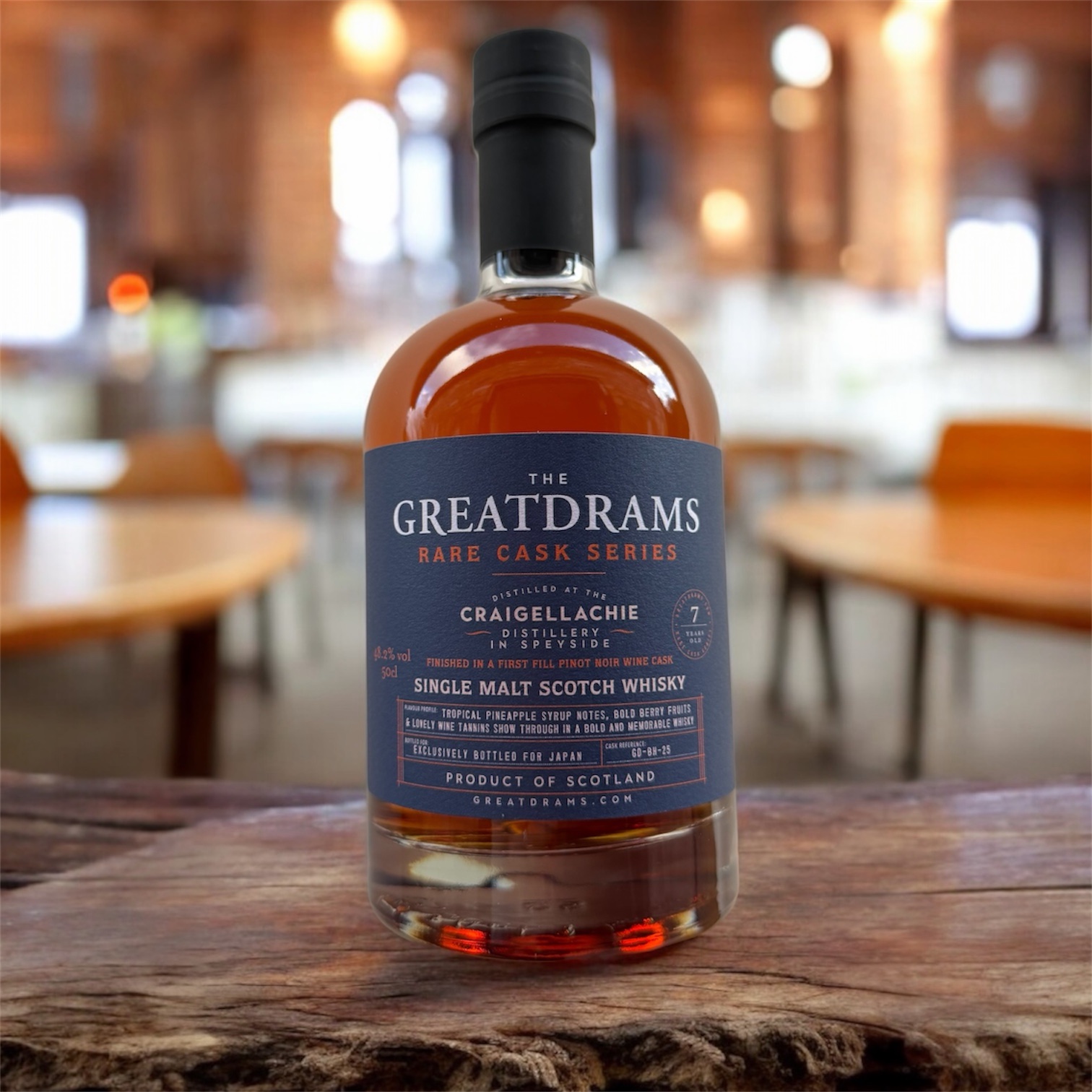



1 thought on “The Speyside Malt Whisky Trail – The GreatDrams Guide”
This is great info! Thanks guys!
I’ve heard that you can get some sort of passport on the trail, which you can get stamped in every distillery that you visit. Does anyone know where I can get one of those?